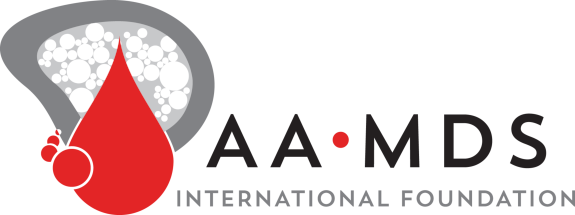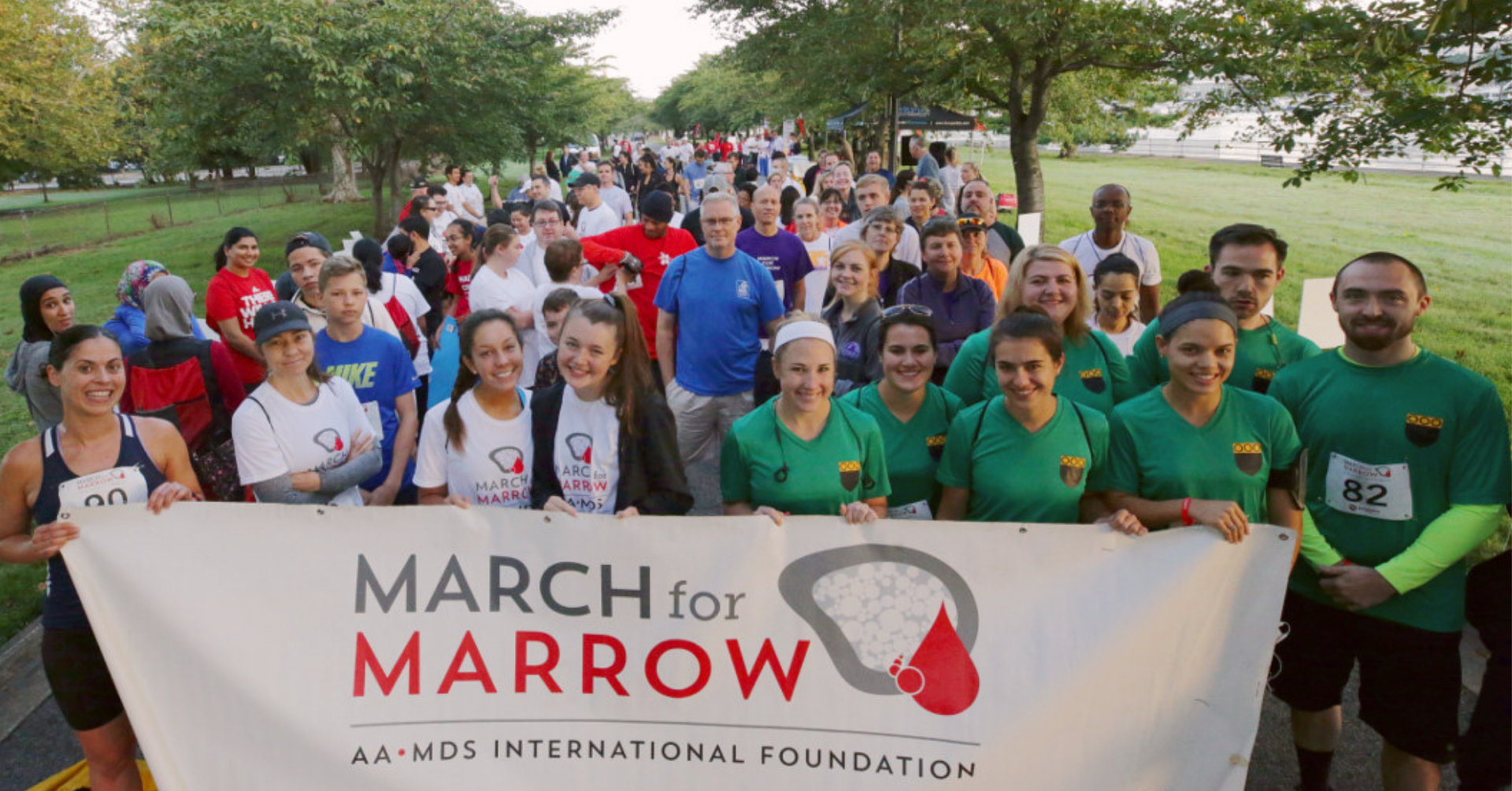What is Complementary and Alternative Medicine (CAM)?
CAM is generally defined as a group of diverse medical and health care systems, practices and products that are not generally considered part of conventional medicine, according to the National Center for
Complementary and Alternative Medicine
Complementary and Alternative Medicine:
A medical approach that is not currently part of standard practice. Complementary medicine is used along with standard medicine. Alternative medicine is used in place of standard medicine. Example of CAM therapies are acupuncture, chiropractic, homeopathic, and herbal medicines. There is no…
(NCCAM). A 2007 National Health Interview Survey (NHIS), which included a comprehensive survey of CAM use by Americans, showed that approximately 38 percent of adults use CAM.
Reported benefits of CAM include:
- Increased options and hope
- Increased ability to relax
- Positive changes in emotional states
- Increased body awareness
- Changes in thinking that increased the ability to cope
- Increased energy
- Dramatic improvements in health (Hsu, 2010)
Reference: Hsu C, Bluespruce J, Sherman K, Cherkin D. (2010) Center for Community Health and Evaluation, Group Health Research Institute, Seattle, WA, USA. Unanticipated benefits of CAM therapies for back pain: an exploration of patient experiences. Journal of Alternative and Complementary Medicine Vol.16(2):157-63.
Common CAM Therapies
Natural Products
Interest in and use of CAM natural products have grown considerably in the past few decades. Included are things like herbs, probiotics, botanicals and vitamins.
This area of CAM includes a variety of herbal medicines (also known as botanicals), vitamins, minerals and other "natural products". Many are sold over the counter as dietary supplements.
CAM "natural products" also include probiotics - live bacteria (and sometimes yeasts) found in foods such as yogurt or in dietary supplements - or live microorganisms (usually bacteria) that are similar to microorganisms normally found in the human digestive tract that may have beneficial effects.
Mind-Body Practices
Mind-body practices focus on the interactions of the brain, mind, body and behavior, with the intent to use the mind to affect physical functioning and promote health.
Meditation, various styles of yoga, acupuncture and deep-breathing exercises are examples of mind-body medicine. Some of these are among the top 10 CAM practices reported by adults in the 2007 NHIS survey.
Manipulative and Body Based Practices
Chiropractic/osteopathic manipulation, physical therapy and massage are included here. Each provides a unique method of managing symptoms such as body aches, fatigue, flexibility and stamina.
Manipulative and body-based practices focus primarily on the structures and systems of the body, including the bones and joints, soft tissues, and circulatory and lymphatic systems. Two commonly used therapies that fall within this category are spinal manipulation and massage. According to the 2007 NHIS survey, chiropractic/therapy and massage ranked in the top 10 CAM therapies among both adults and children.
Other CAM Practices
CAM also encompasses movement therapies—a broad range of Eastern and Western movement-based approaches used to promote physical, mental, emotional, and spiritual well-being. Practices of traditional healers can also be considered a form of CAM. Traditional healers use methods based on indigenous theories, beliefs and experiences handed down from generation to generation. A familiar example in the United States is the Native American healer/medicine man.
Whole medical systems, which are complete systems of theory and practice that have evolved over time in different cultures and apart from conventional or Western medicine may be considered CAM. Examples of ancient whole medical systems include Ayurvedic medicine and traditional Chinese medicine. More recent systems that have developed in the past few centuries include homeopathy and naturopathy.
Minimizing Risk
To minimize the health risks of a non-mainstream treatment (CAM):
- Discuss it with your doctor. It might have side effects or interact with other medicines.
- Learn what the research says about it.
- Choose practitioners carefully.
- Tell all of your doctors and practitioners about all of the different types of treatments you use.


